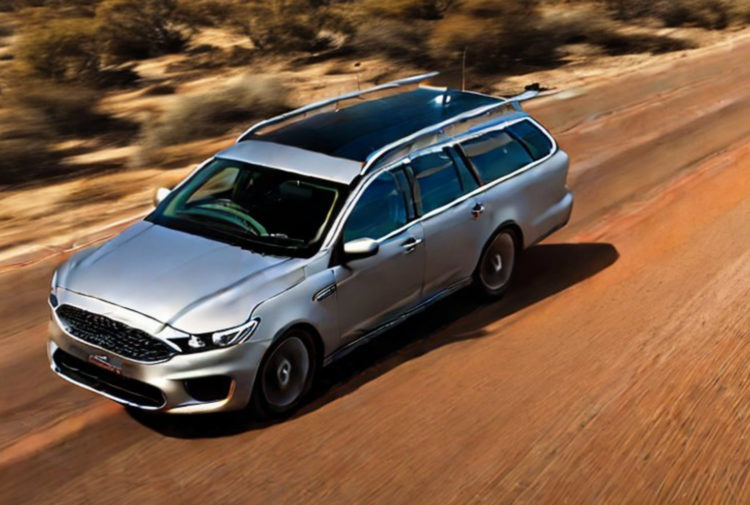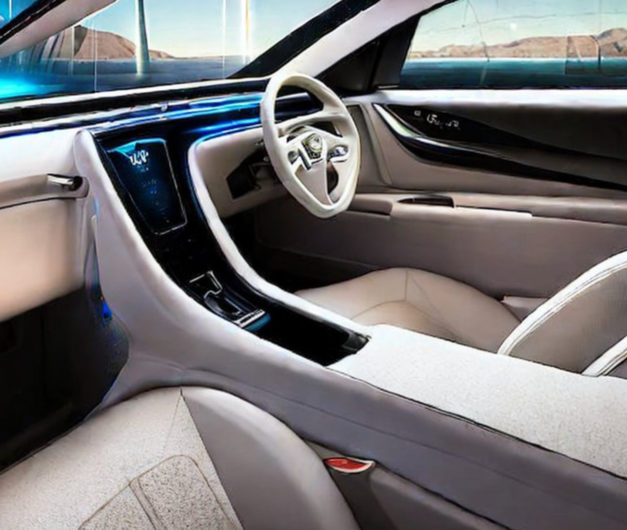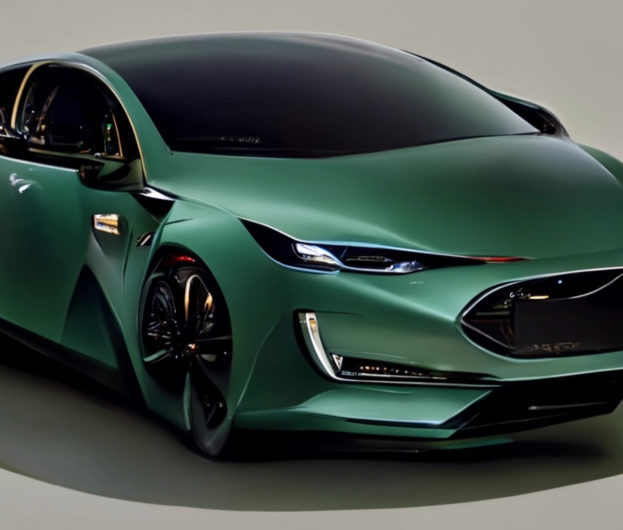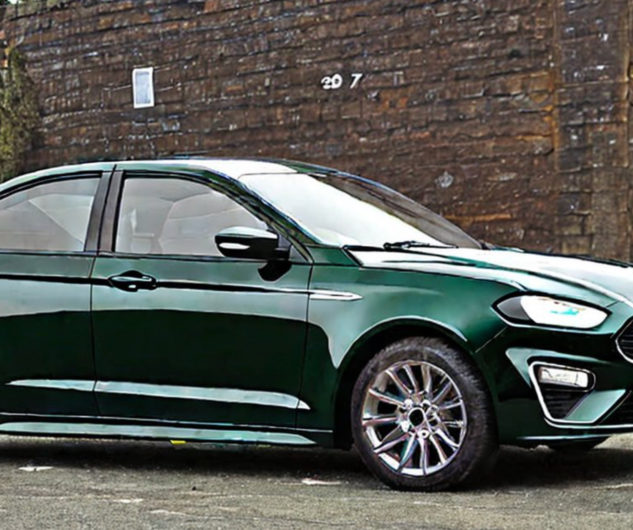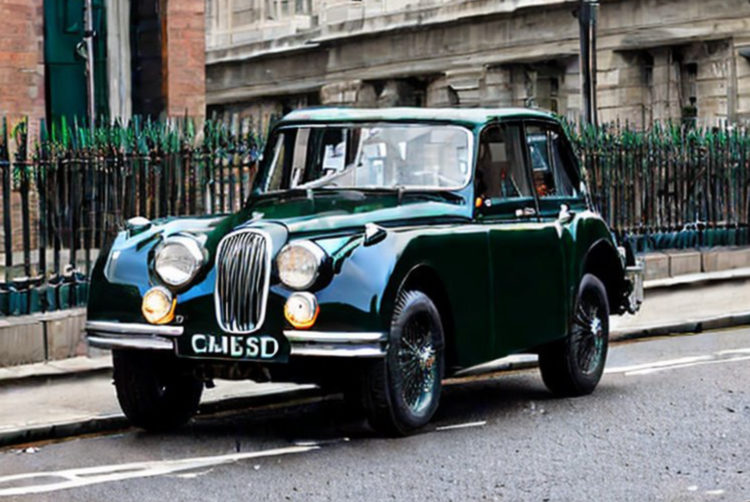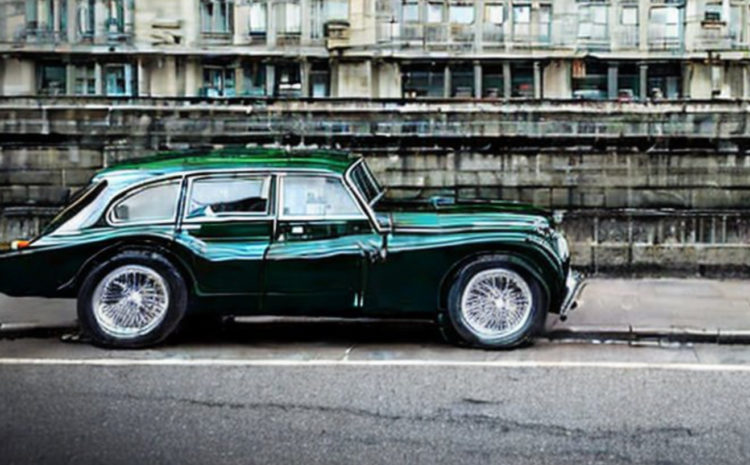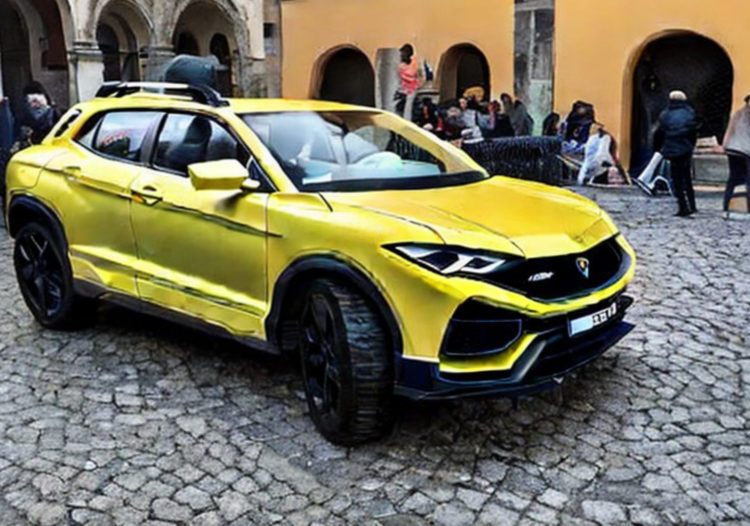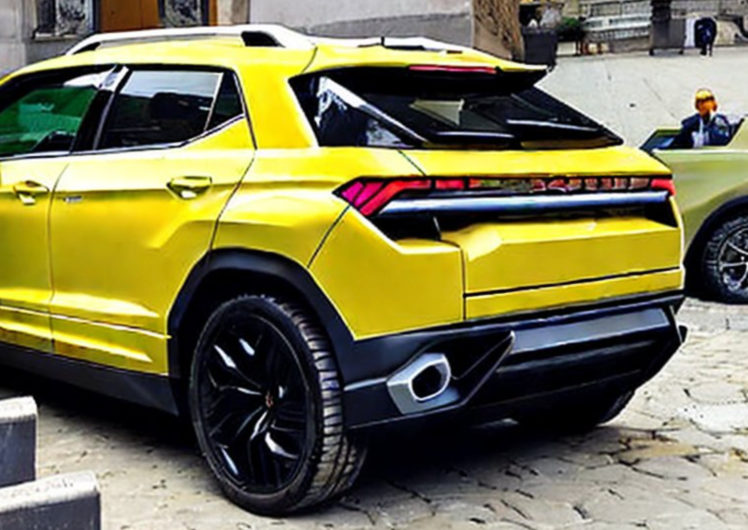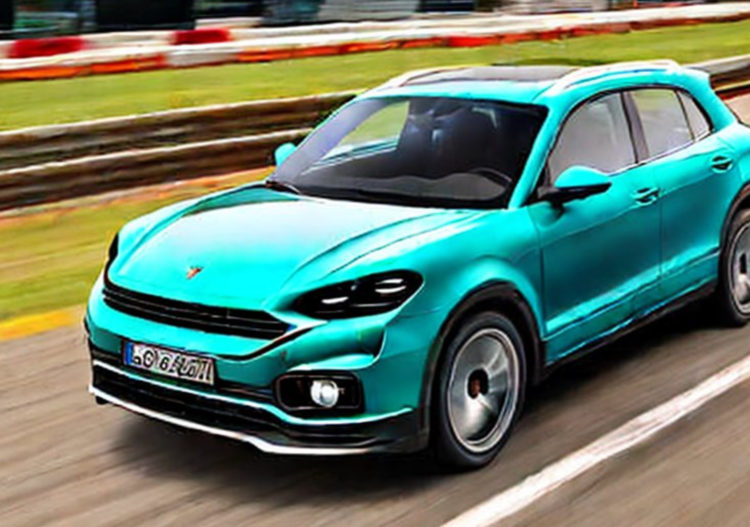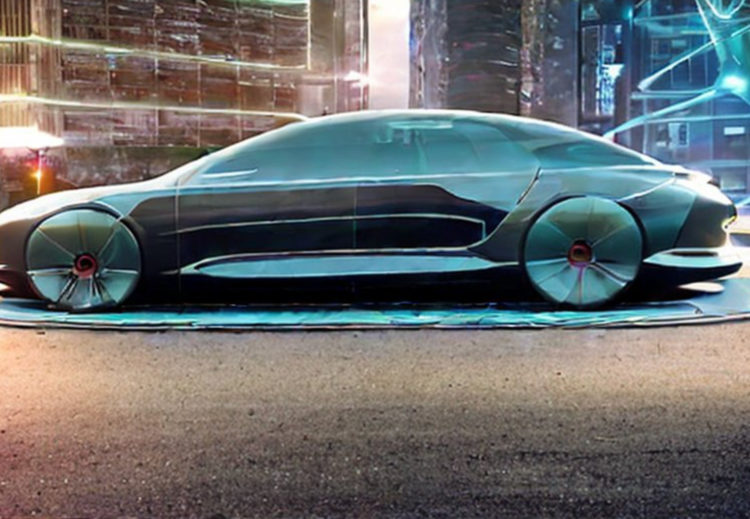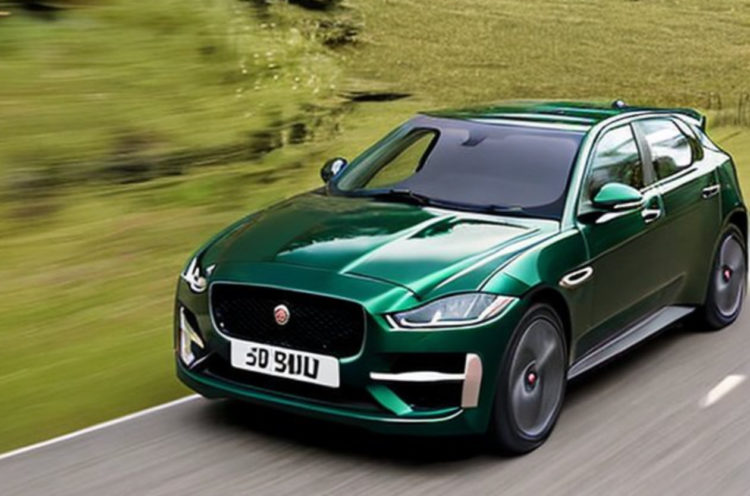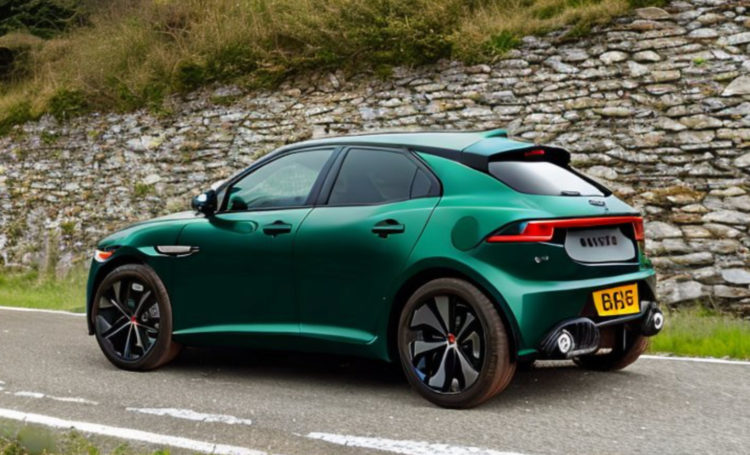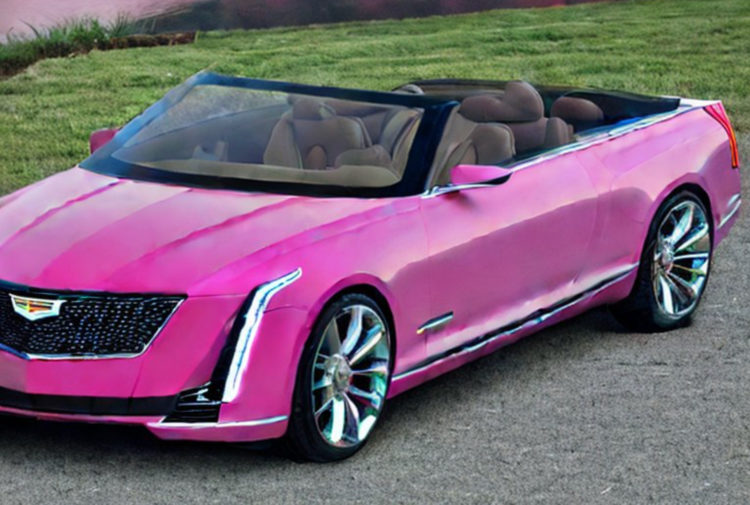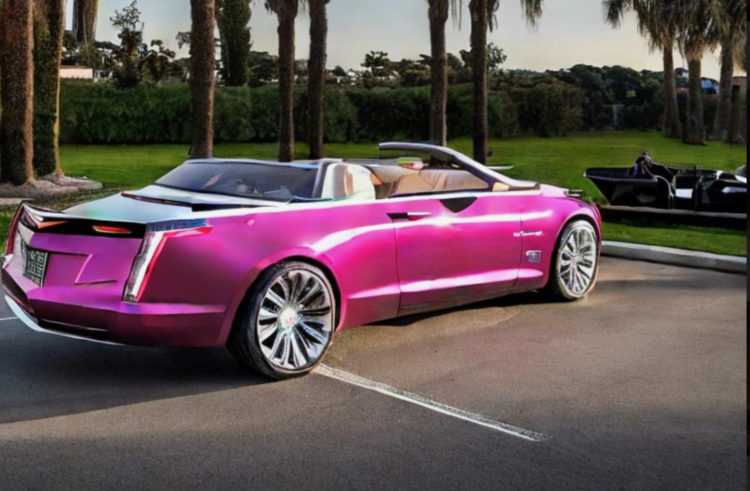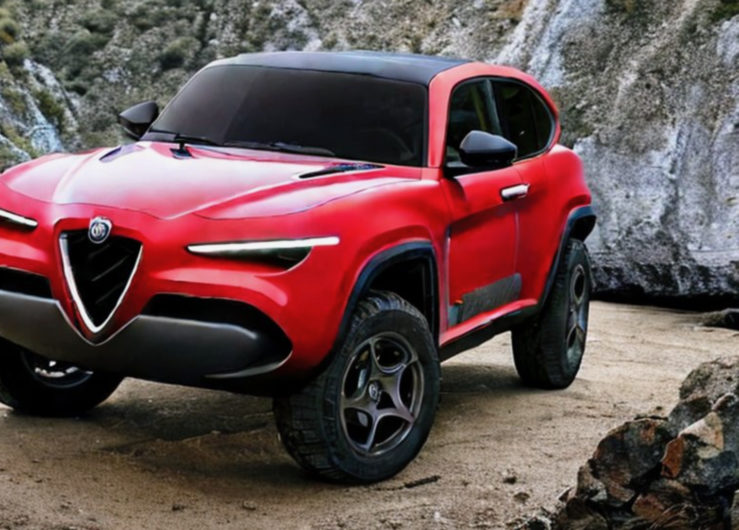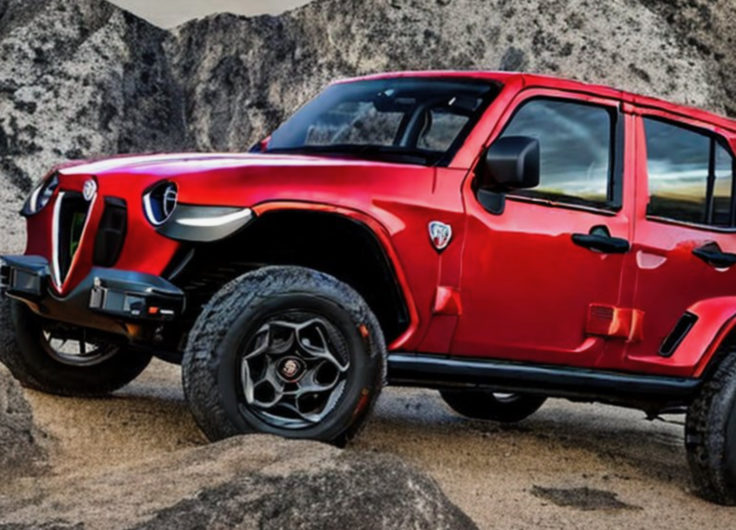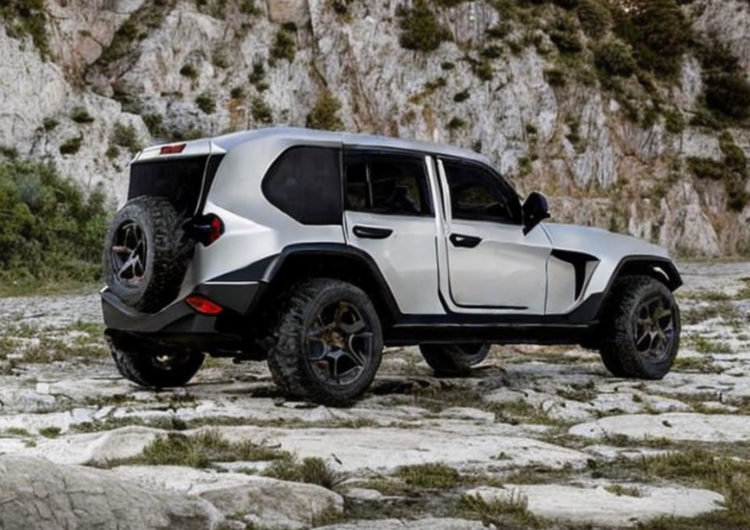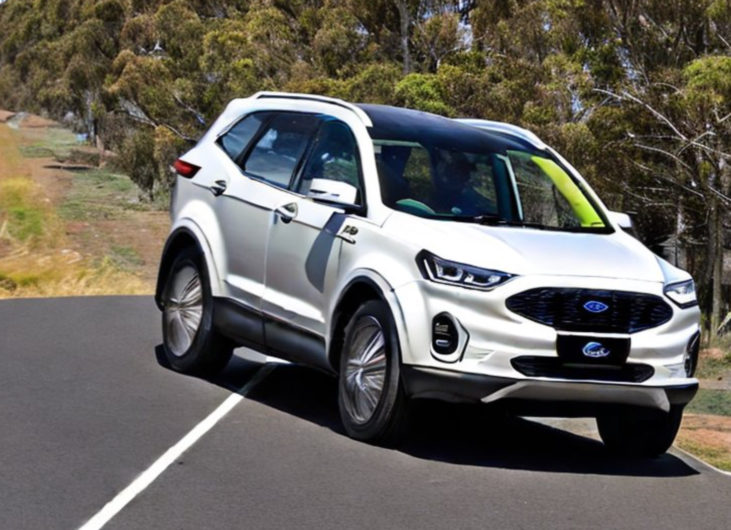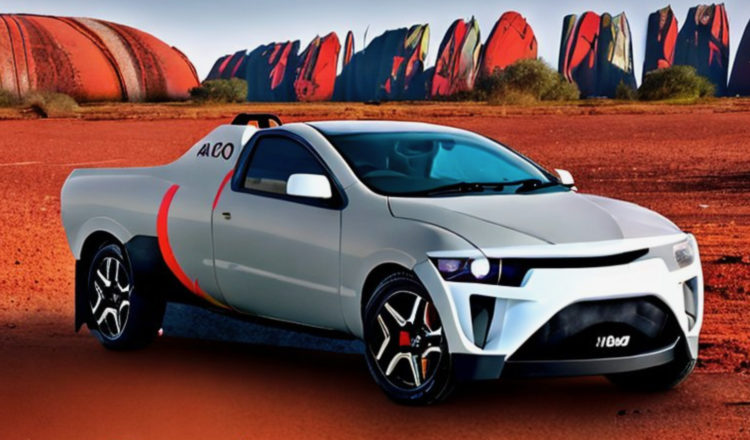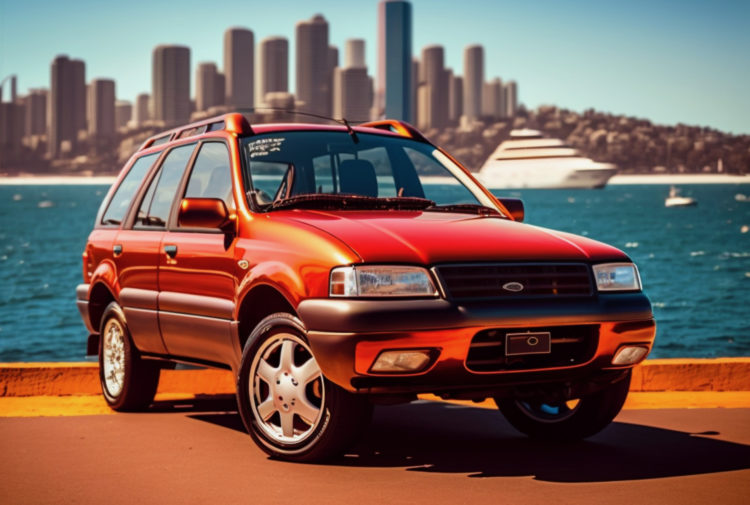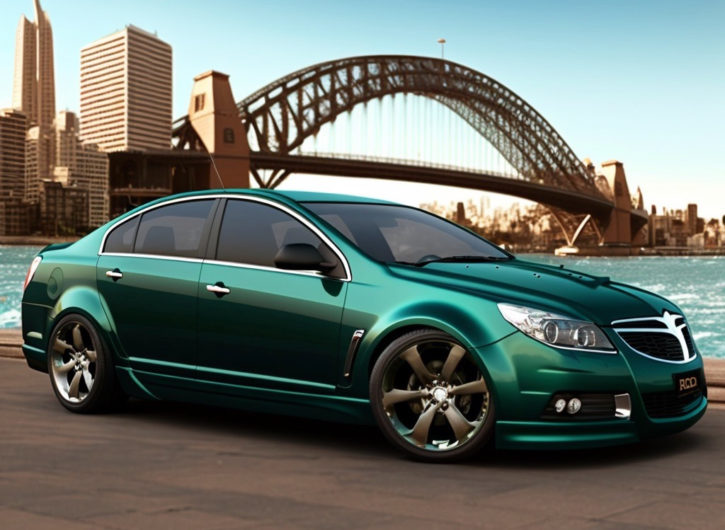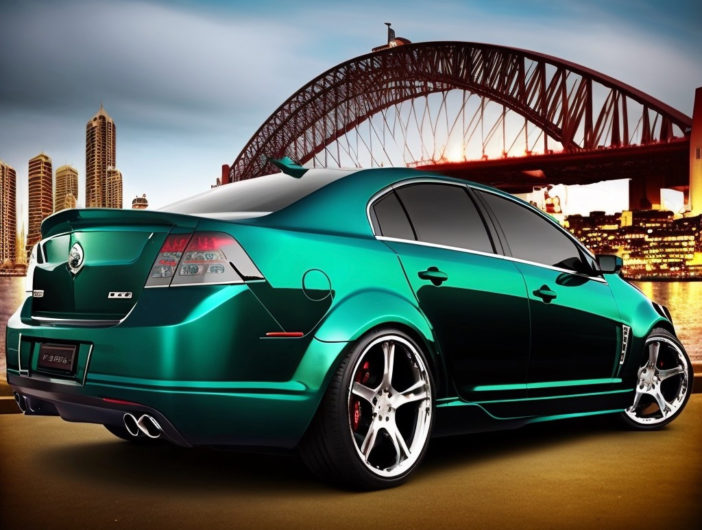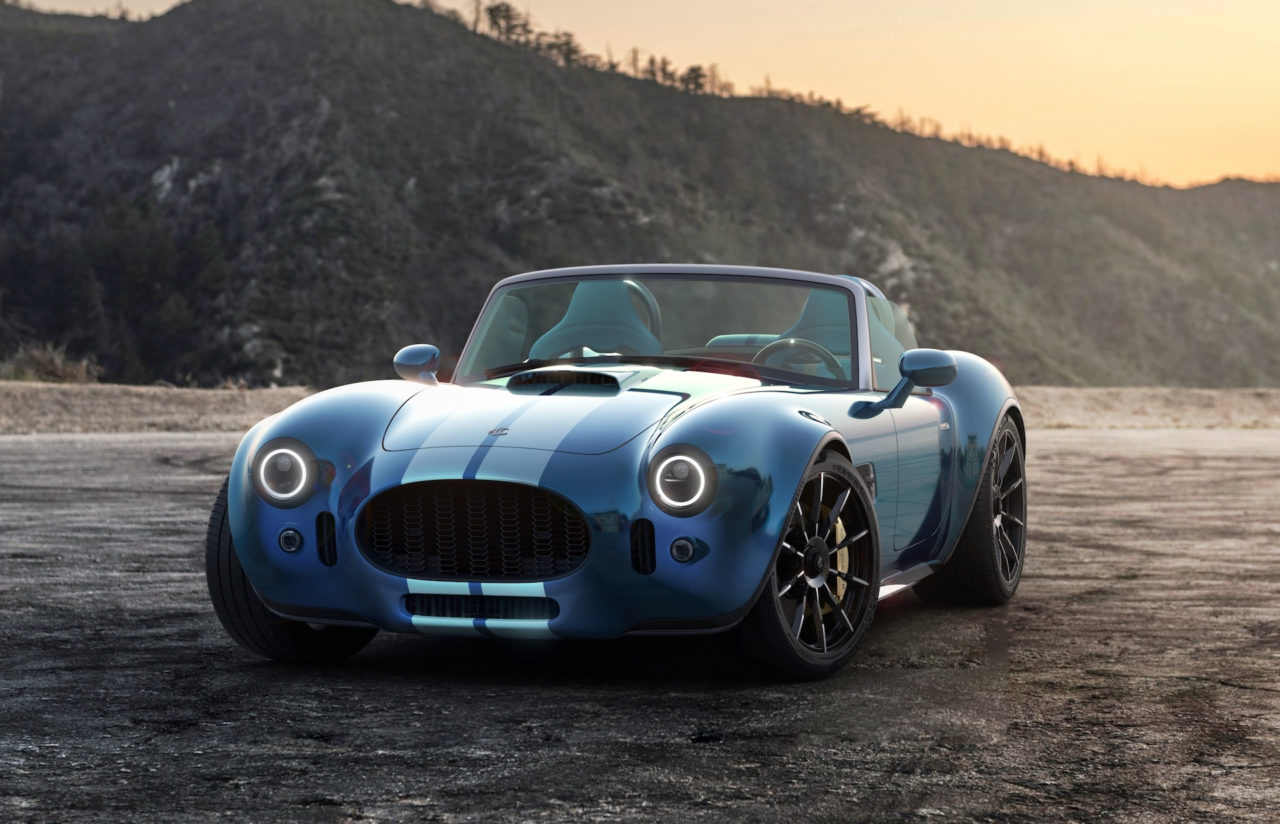Car enthusiasts have always been passionate about their hobby, and many have found new ways to express their love for cars through the use of AI programs such as DALL-E, Midjourney, and Stable Diffusion. These programs enable enthusiasts to create fun car images from a parallel universe, where anything is possible and the only limit is imagination.
With DALL-E, enthusiasts can input a textual description of a car from their wildest dreams and see it come to life in a stunning image. Midjourney, with its combination of GANs and evolutionary algorithms, can create images of cars that are both visually striking and unique. Stable Diffusion, with its ability to create realistic yet surreal images, can produce cars that seem to defy the laws of physics.
Additionally, the use of AI programs to create fun car images can serve as a source of inspiration for car manufacturers and designers. By exploring these imaginative designs, they could gain new insights and ideas that can inform their own design processes and help them create truly innovative and exciting cars.
PerformanceDrive decided to experiment with these programs to produce some renderings, and while some of them look like radioactive Chernobyl monstrosities, we found the results to be an interesting showcase of what’s possible now.
2025 Ford Falcon wagon
One of the more cohesive results, it stunned us how the software managed to meld the proportions of the traditional Falcon wagon with Ford’s current design language. These longbois look sick, especially the ones we infused with a dash of Lucid Air design philosophy.
2025 Ford Cortina XR6 turbo green
I have always been fascinated by the idea of a smaller rear-drive car than Falcon to capitalise on the Barra turbo’s prodigious power and torque, and the Cortina of the 1970s did actually feature Falcon power. What if that lineage continued to this day? The result by AI programs produced a futuristic and aggressive theme in equal measure.
1960 Jaguar F-Pace
Combining the styling of the XK150 sports car and Mk2 saloons of the era, in British Racing Green, this surprisingly faithful recreation has us reaching for our pipe and slippers. Although SUVs were not even a glint in the eye of most manufacturers, we would expect an F-Pace to look something like this if one launched in 1960. Cheerio, old chap.
Lamborghini small SUV based on Volkswagen T-Cross
It’s no secret that the Lamborghini Urus sits atop the same MLB Evo platform as the Volkswagen Touareg, Audi Q7, Bentley Bentayga and Porsche Cayenne. Profit margins for this platform-sharing and extra volume are major benefits of this approach. And then there’s the success of the Urus to consider as well, often reporting the highest sales in Lambo’s showroom.
What if we took this idea to its logical conclusion, and bastardised the brand identity to within an inch of its life with a model based on VW’s smallest, cheapest SUV, the T-Cross?
Porsche small SUV based on Volkswagen T-Cross
Transferring the same theme as above to the Stuttgart sports car giant, we made a mini-Macan on the MQB platform. With a background somewhat approximating the Nürburgring Nordschleife.
2050 Holden Calais
While Australian car making has been a thing of the past for over 5 years now, we at PerformanceDrive have toyed with the idea of it continuing in a previous feature.
Punching in ‘2050 Holden Calais’ for a laugh, the result was an ethereal sedan silhouette with what appears to be a holographic statue of a brain neuron. Could this be a harbinger of mind-powered vehicles?
Jaguar hot hatchback
Jaguar is a brand that lacks direction at the moment in our opinion, so we thought we’d help out with a smart-looking hatchback. We are pleasantly surprised at the proportions of this one, perfect for a long jaunt along the Scottish countryside.
2023 Cadillac Eldorado convertible
Many argue the 1950s and ’60s were the heyday for Cadillac, with ostentatious creations of Bill Mitchell and Harley Earl still unsurpassed today. While the Lyriq and Celestiq are ambitious new EV creations, we wanted to bring back the fins and eye-searing colours of that era for a new hot pink convertible.
New Alfa Romeo Matta
What’s a Matta? It was an Alfa Romeo military jeep from the 1950s, unbeknownst to many. We thought we’d revive it with some Italian flair, using a platform borrowed from its Stellantis brother, Jeep Wrangler. Imagine it featuring the 2.9-litre twin-turbo Quadrifoglio engine from the Giulia.
2023 Ford Territory
The Territory name lives on in overseas markets, as a Chinese small SUV – a shadow of its former Australian self. What if it were still around in its proper form today as a large seven-seat SUV? The AI-produced results are interesting, and we’d imagine it featuring the electric powertrain from the Mustang Mach-E.
Kia Stinger/Picanto lovechild
We love the Stinger here at PD but it is a long and thirsty beast. What about a Picanto-sized pocket Stinger to take the sting out of parking and purchasing premium unleaded? Perfection or preposterous?
Electric HSV Maloo at Uluru
‘nuff said.
1980s and 1990s Ford Territory Ghia
Spun off the BA Falcon platform, the 2004 Territory won many plaudits when it launched, including Wheels Car of the Year and became an Aussie family favourite due to its versatility. We asked Midjourney to generate 1987, 1993, 1997 and 1999 versions of the crossover, combining the SUV trends of those eras with contemporaneous Falcon styling. The result is jaw-droppingly good in our eyes.
1996 Holden Torana SS and 2010 SLR/5000
A little buddy to the VS Commodore to continue the Torana name would’ve been pretty cool, infused with Opel, Chevrolet and other GM styling influences of the era. Additionally, we tried to conjure up the stillborn Torana, which would’ve been the descendant of the 2004 TT36 concept.
Many accounts are springing up, dedicated to AI cars. One of my personal favourites that I follow is Automotive AI on Instagram. It shows just how creative artificial intelligence can be, if the right ingredients are fed in.
There is some backlash on Instagram and the likes, with anti-AI movement but let’s be real, is that just insecurity? We don’t see it as a threat to human imagination for the foreseeable future, but something to augment it and spark inspiration. Besides, it has to be dumbed down a little bit, lest the public be able to make deepfakes of celebrities and heads of state.
